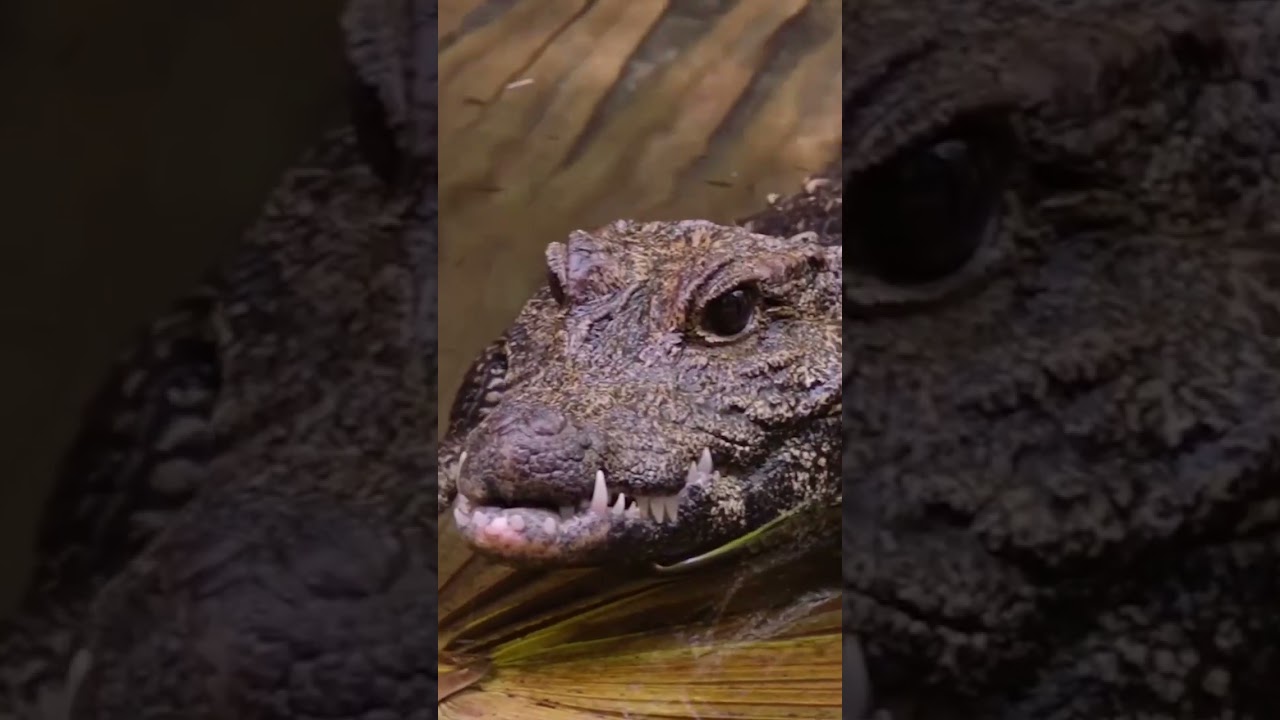1. Introduction to African dwarf crocodiles
2. Unique features and adaptations of African dwarf crocodiles
3. Habitat and distribution of African dwarf crocodiles
4. Behavior and breeding patterns of African dwarf crocodiles
5. Conservation efforts to protect African dwarf crocodiles
Rockin’ with an African Dwarf Crocodile: Unveiling Nature’s Extraordinary Wonder
Welcome, nature enthusiasts and animal lovers, to a world filled with extraordinary wonders and peculiar creatures. Today, on this particular occasion of #WorldCrocDay, we embark on a fascinating journey to explore the captivating realm of African dwarf crocodiles. Although smaller in stature than their larger relatives, these incredible reptiles possess unique and mesmerizing features that will surely amaze you. So grab your virtual binoculars, don your adventurer’s hat, and dive into the captivating world of the rockin’ African dwarf crocodile!
Before we delve into the remarkable details, let’s begin with a brief introduction. African dwarf crocodiles, scientifically known as Osteolaemus tetraspis, are native to the tropical forests and freshwater habitats of Central and West Africa. Shying away from the limelight, these petite predators measure about 5 to 6 feet long and usually weigh between 40 and 70 pounds. Despite their diminutive size, they possess a handful of unique adaptations that set them apart from their larger counterparts.
One of the most intriguing features of the African dwarf crocodile is its stunning camouflage. Like master artisans, they adorn themselves with a blend of earthy tones, allowing them to seamlessly blend into their surroundings, whether it be the thick foliage of the rainforest or the murky waters of rivers and swamps. This impeccable camouflage aids in their survival, allowing them to surprise unsuspecting prey while remaining hidden from potential predators. Truly nature’s a hidden gem!
But there’s more to these miniature Crocs than meets the eye. Did you know that African dwarf crocodiles have an extraordinary ability to walk on land? Yes, that’s right! Unlike their larger cousins, they possess potent legs that can carry them through the jungle in search of new territories and ample hunting grounds. This unique adaptation is a testament to their versatility as they navigate land and water with absolute finesse.
Speaking of water, let’s discuss the habitats and distribution of these fascinating reptiles. With an affinity for freshwater ecosystems, African dwarf crocodiles can inhabit the banks of slow-moving rivers, marshes, and even temporary floodplains. While they primarily reside in the dense rainforests of Central and West Africa, their adaptable nature allows them to thrive in various habitats, ranging from swamps to mangroves. Although they may be elusive, you’ll feel their presence as you traverse these lush environments.
Now that we have explored their physical attributes and preferred habitats let’s discover the intriguing behaviors and unique breeding patterns of African dwarf crocodiles. Once again, we witness their distinctiveness as they exhibit surprising social behavior within their communities. Unlike most crocodile species, African dwarf crocodiles are known to form groups, living in harmony with their relatives. This cooperative behavior sets them apart from their typically solitary relatives and adds a layer of fascination to their already intriguing lives.
When it comes to breeding, these crocs have a beautiful ritual that draws them together. During the rainy season, males engage in elaborate displays to attract the attention of receptive females. These rituals involve head-slapping, arching their backs, and producing vocalizations that resonate in the rainforest like echoes of an ancient dance. Witnessing this spectacle is like being transported back in time, evoking both awe and admiration for the wonders of nature.
As responsible stewards of our planet, we must also acknowledge the conservation efforts to protect these enthralling creatures. African dwarf crocodiles face numerous threats, primarily habitat loss, hunting, and the illegal exotic pet trade. Initiatives led by conservation organizations and local communities are working tirelessly to safeguard these delicate ecosystems and advocate for the protection of these magnificent reptiles. By supporting their efforts, we contribute to the continued survival of the African dwarf crocodiles and the preservation of our rich biodiversity.
In conclusion, the rockin’ African dwarf crocodile offers a glimpse into the mesmerizing world of nature’s ingenuity and resilience. Despite their small stature, these crocs encompass many extraordinary features, from their impeccable camouflage to their ability to conquer land and water. As we celebrate #WorldCrocDay, let us be captivated by the enigmatic beauty of these unique reptiles and remember our responsibility to protect and conserve their habitats. Together, we can ensure that future generations will continue to marvel at the wonders of our natural world.
*****
Source Description


